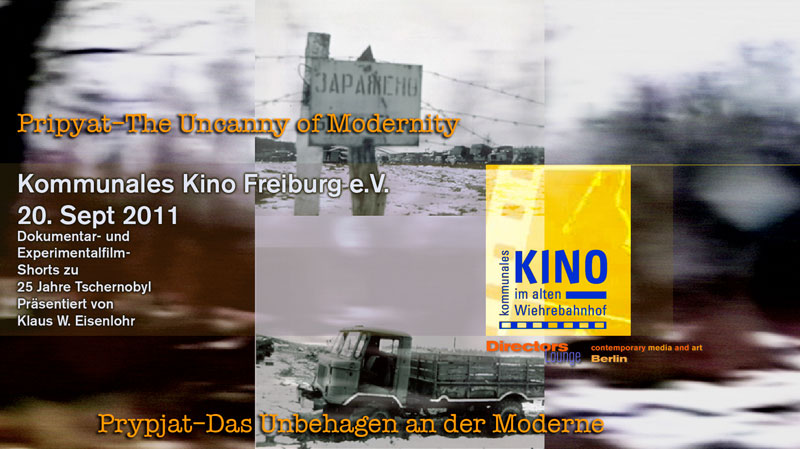
 |
|
|
pripyat — the uncanny of modernityscreening chernobyl 25
Tuesday, 20 Sept 2011 pripyat — the uncanny of modernityPresented by Klaus W. Eisenlohr. The film program comprises films representing visions of the abandoned city of Pripyat by artists and documentary filmmakers, and imaginations of futures under the influence of "peaceful nuclear energy".
press links: |
playlist: |
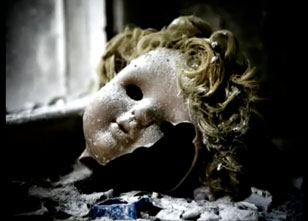
Hanne Adam + Thierry Buysse, Chernobyl & Pripyat with experimental music, 2009, 10:33 min, DE/BE |
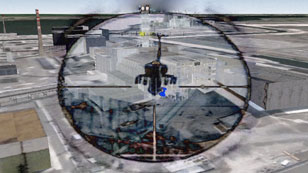
Klaus W. Eisenlohr, Phantasma Pripyat, 2011, 12:36 min, DE |

Gair Dunlop, Atom Town: Life After Technology, 2011, 22:07, UK |
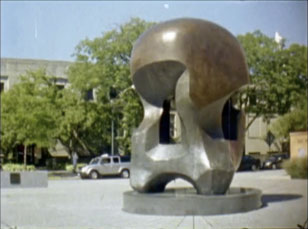
Andrea Slavik, Nuclear Energy, 2011, 06:47, US |
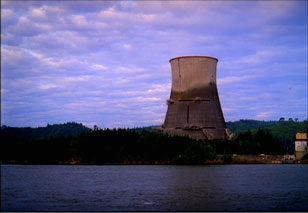
Vanessa Renwick, Portrait #2: Trojan, 2006, 05:14, US |
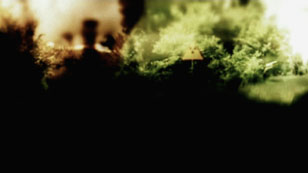
Anders Weberg, Peaceful Atom, 2009, 02:19, SWE |
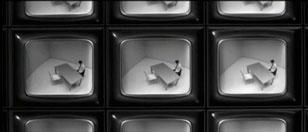
Sarah Breen Lovett, Immaterial Meshup, 2008, 03:40, AUS |
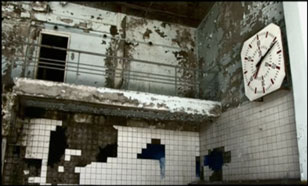
Nicky Larkin, Pripyat, 2007, 16:00, NE |
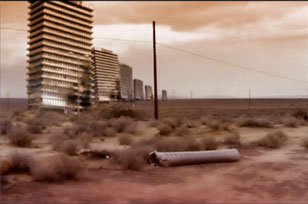
Julio Soto, Invisible Cities, 2003, 06:17, ESP |
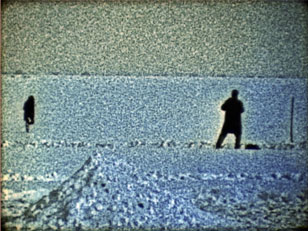
Thomas Bartels, Zwischenlandung, 1986, 13:20, DE |
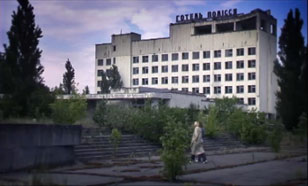
Julio Soto, Radiophobia, 2005, 54:00, ESP |
© video stills by individual artists |
|
|
prypjat — das unbehagen in der modernescreening chernobyl 25
Dienstag, 20. Sept 2011 pripyat — the uncanny of modernity — das unbehagen in der moderneRegie: 10 internationale AutorInnen
press links: |
|
|
||
 |